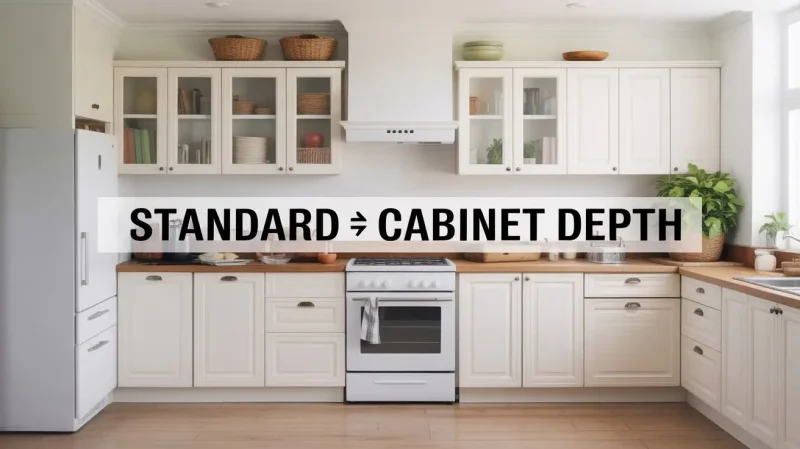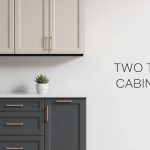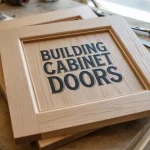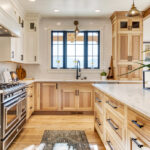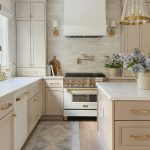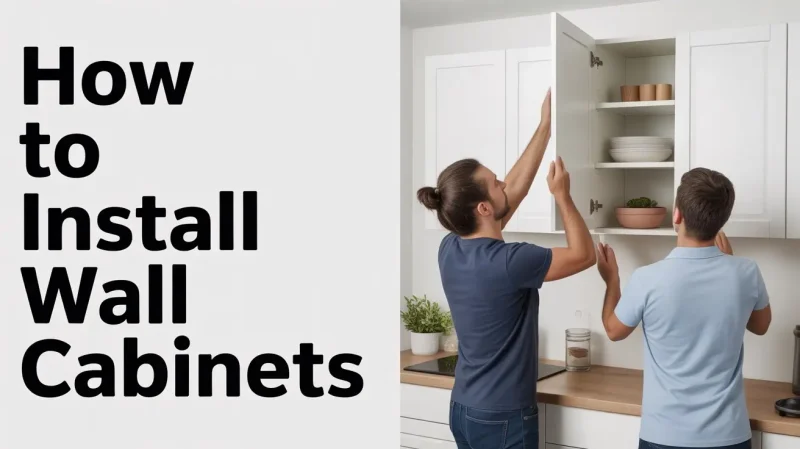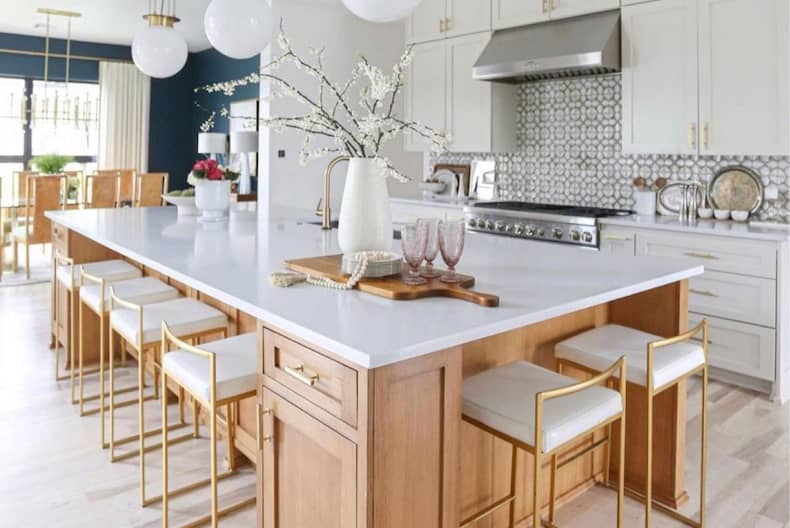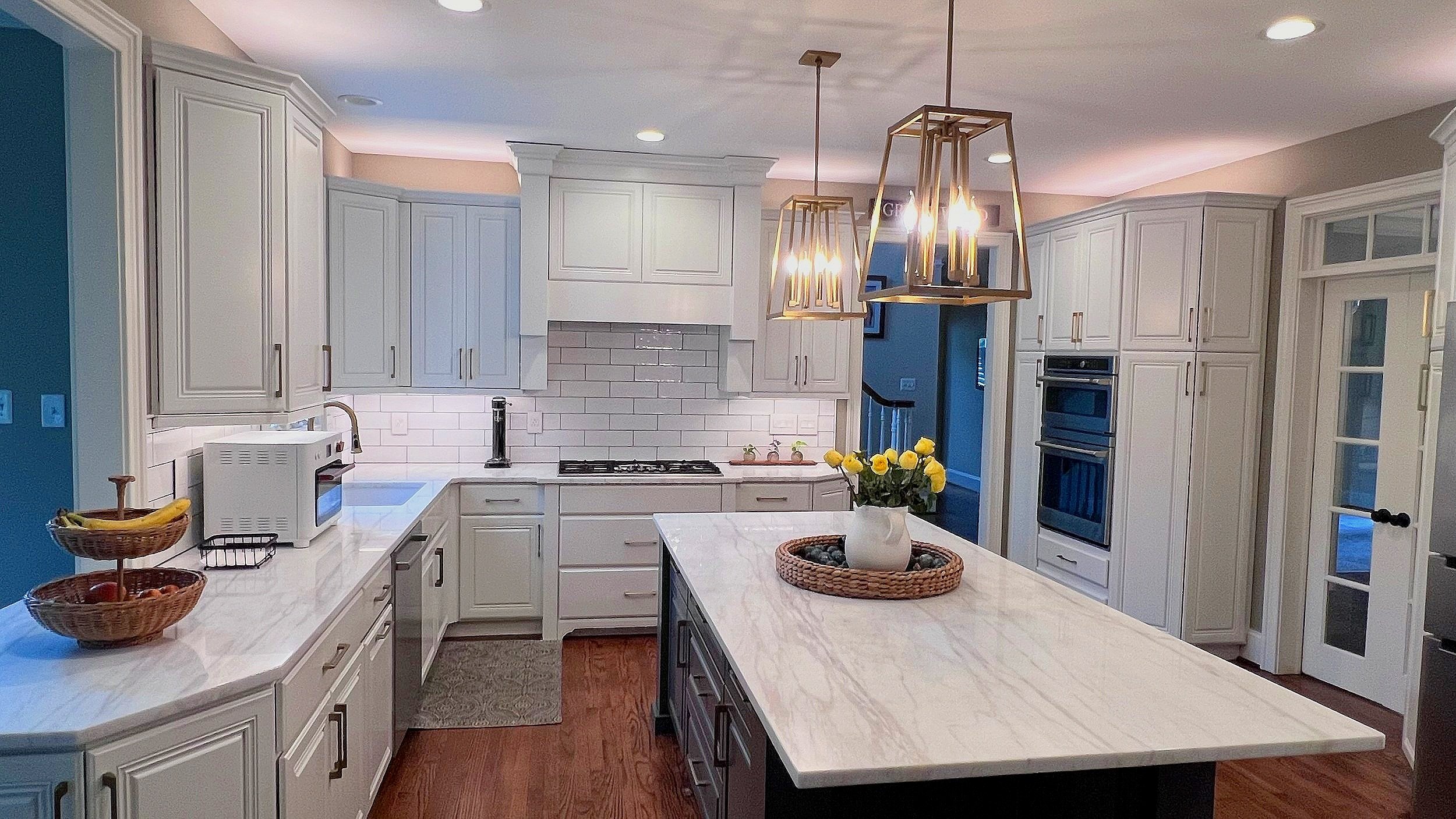When planning a kitchen or bathroom remodel, one of the details that often gets overlooked is cabinet depth. Most homeowners focus on style, color, or hardware, but the actual size of your cabinets determines how comfortable and functional your space will be. Choosing the right standard cabinet depth helps you maximize storage, ensure proper appliance fit, and create a layout that’s both beautiful and practical.
In this guide, I’ll walk you through the most common standard cabinet depths, how they differ by cabinet type, and why they matter so much in everyday living. I’ll also share a real-life case study to show you how the right depth choice can completely transform a home.
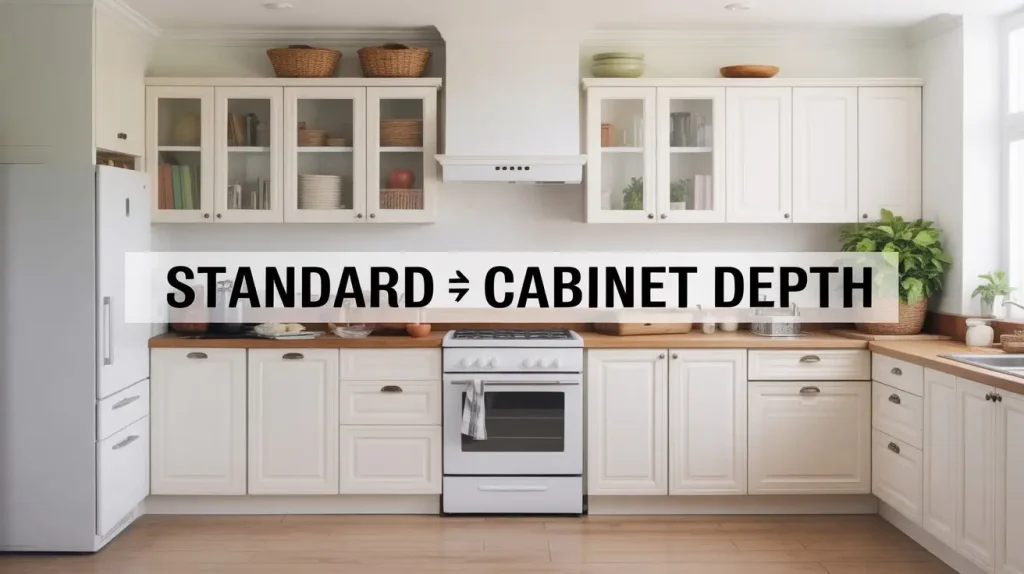
Content
Why Standard Cabinet Depth Matters in Home Design
Cabinet depth might seem like a small detail, but it plays a big role in functionality. Too shallow, and you lose essential storage space. Too deep, and you risk bumping into drawers, dealing with awkward countertop overhangs, or having appliances stick out. In modern kitchen cabinets, depth acts as the ‘comfort zone’ keeping traffic flow smooth, ensuring countertops align seamlessly, and preventing cabinets from overwhelming the space.
Standard Base Cabinet Depth
Base cabinets form the foundation of your kitchen. These are the cabinets that support countertops, sinks, and appliances. The standard base cabinet depth is typically 24 inches, not including the countertop overhang (usually 1–1.5 inches).
- Shallower options (21 inches) are sometimes used in smaller kitchens or bathrooms to save space.
- Deeper options (up to 30 inches) may be custom-built, but they can make it harder to reach the back of the cabinet.
When planning, consider how base cabinet depth affects your countertop space. A deeper cabinet means more prep area, but also less floor space in the walkway.
Standard Upper Cabinet Depth
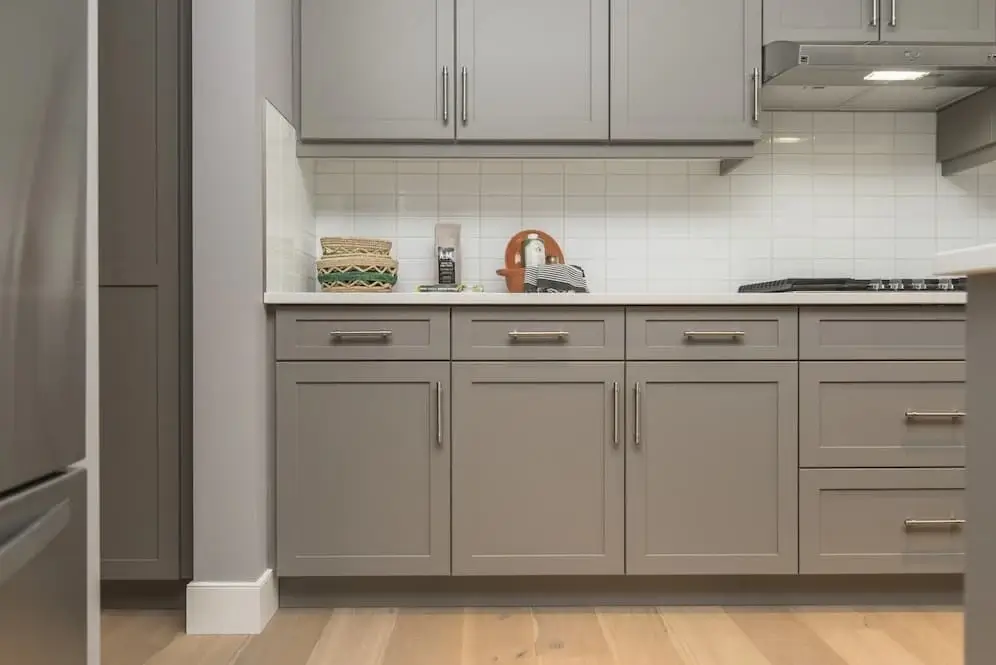
Your upper cabinets (or wall cabinets) play a different role. They hold dishes, glasses, and pantry items, but must leave enough room above the countertop for comfortable use.
The standard cabinet depth is 12 inches, which strikes the right balance between storage and accessibility. For kitchens with larger appliances or specialty designs, some homeowners choose 15–18 inches.
Real-life insight: In one remodel I worked on, the homeowner chose 15-inch upper cabinets to better fit large serving platters. It gave them extra storage but still kept the kitchen feeling open.
Tall Cabinet Dimensions
Tall cabinets, often used as pantries or broom closets, have their own depth standards. Most fall between 24 and 27 inches, which aligns them with base cabinets for a seamless look.
These are excellent for maximizing vertical storage in kitchens and even in laundry rooms or bathrooms. Just remember: deeper cabinets can hide items at the back, so adding pull-out shelves or drawers is a smart upgrade.
Bathroom Cabinet Depth
While kitchens follow fairly consistent measurements, bathrooms are a little different. The standard bathroom cabinet depth is usually 21 inches, though smaller powder rooms may require 18 inches or even custom solutions.
Bathrooms are tighter spaces, so shallower cabinets ensure you don’t lose floor area. Still, it’s important to strike a balance between storage for toiletries and ease of movement.
Case Study: From Cramped Kitchen to Smart Layout
A family I worked with in a mid-sized suburban home had always struggled with their kitchen feeling too tight. Their original base cabinets were a custom 30-inch depth, leaving less than 36 inches of walking space between counters. Add two kids, a dog, and a busy cooking schedule and it felt like rush hour traffic.
When they remodeled, we switched to standard 24-inch base cabinet depth and 12-inch upper cabinets. This simple adjustment gave them an extra 12 inches of walkway, made room for a kitchen island, and finally allowed their dishwasher to open fully without bumping into the opposite cabinet.
The result? A kitchen that felt twice as big, even though the footprint hadn’t changed. It’s proof that sticking to standard cabinet dimensions isn’t just about rules it’s about making your space work for real life.
Cabinet Measurement Tips
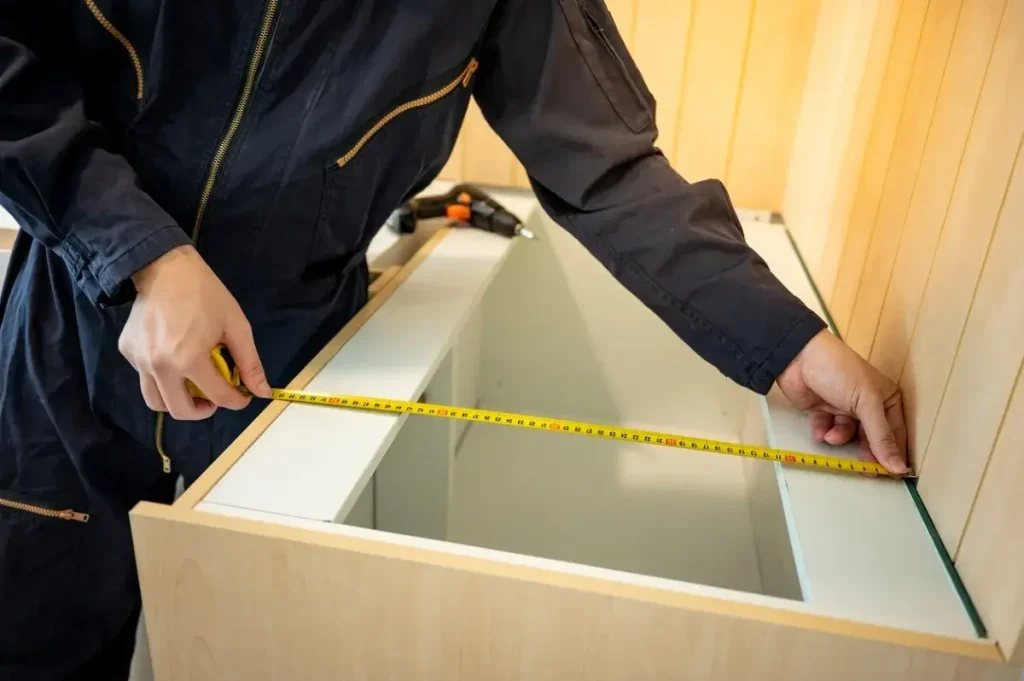
Before making final choices, keep these measurement tips in mind:
- Always measure appliances first to ensure a seamless fit.
- Leave at least 18 inches between the countertop and the bottom of upper cabinets.
- For bathrooms, measure door swings and clearances carefully before choosing depth.
- Don’t forget countertop overhang; it adds 1–1.5 inches beyond cabinet depth.
These cabinet measurement tips will save you from costly mistakes and make sure your remodel feels polished.
Conclusion:
Choosing the right standard cabinet depth isn’t just a matter of numbers, it’s about creating a comfortable, functional, and stylish space. By understanding the typical kitchen cabinet dimensions, knowing when to use the standard upper cabinet depth, and applying smart cabinet measurement tips, you can design a room that looks great and works even better.
Whether you’re upgrading a bathroom vanity or rethinking your entire kitchen layout with two tone cabinets, sticking to standard depths is often the smartest, most cost-effective choice. As the case study revealed, sometimes going ‘by the book’ delivers the most impressive, life-changing results.
FAQs About Standard Cabinet Depth:
Q1: Are all base cabinets 24 inches deep?
Most base cabinets are 24 inches deep, but smaller 21-inch options exist for compact kitchens or bathrooms.
Q2: What is the standard depth of a cabinet?
The standard cabinet depth depends on type: 24 inches for base, 12 inches for uppers, and about 21 inches for bathroom cabinets.
Q3: Are all upper cabinets 12 inches deep?
Not always. While 12 inches is standard upper cabinet depth, some kitchens use 15–18 inches for added storage.
Q4: What is the best cabinet depth for a small space?
In small spaces, shallower cabinets like 21-inch base or 18-inch bathroom cabinets work best to save room without losing function.

Viola Moore is a dedicated home improvement blog author who has a passion for writing. She enjoys blogging about all sorts of topics, from interior design to landscaping and more! She loves the outdoors and spending time in nature with her family. She also likes to bake in her free time.

